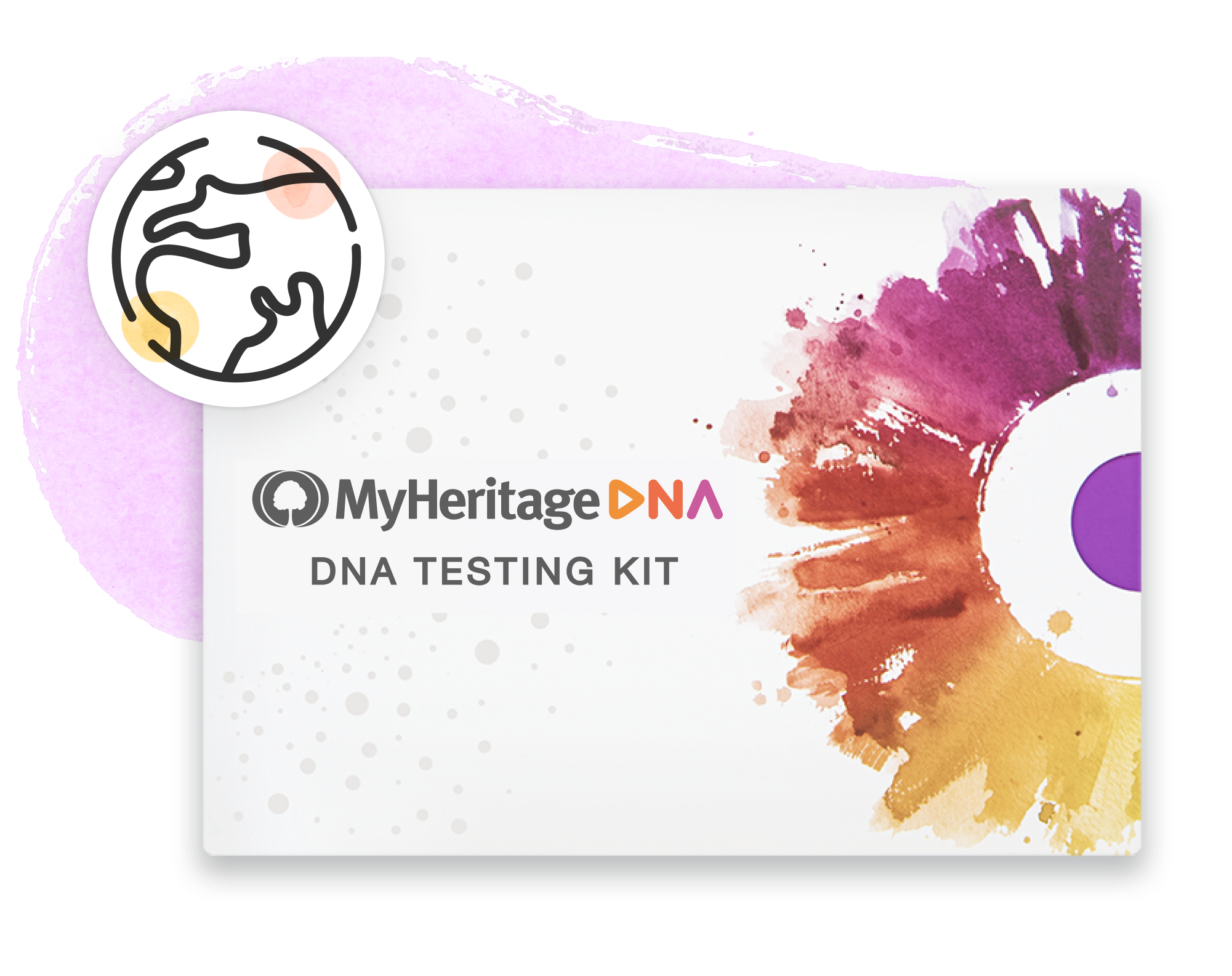Identity by state (IBS) or not IBD[1] is a term used in genetics to describe a situation in which a DNA segment in two or more different individuals has the same identical alleles in sequence; less commonly, the term identity by type (IBT) is also used. In genetic genealogy, the term IBS is generally used to describe segments that are not identical by descent (IBD) and therefore, were not inherited from a recent common ancestor or their common origin cannot be unequivocally determined.[2] The term IBS can also be used to describe small IBD segments that are shared by a significant number of individuals that are not necessarily related, thus implying that the match is not genealogical in nature.
Research your ancestors on MyHeritage
Differences between IBS and IBD
On one side, identity by state simply refers to alleles that are the same, irrespective of whether they are inherited from a recent ancestor; while IBD segments are always IBS, segments that are not IBD can still be IBS due to the same mutations in different individuals or recombinations that do not alter the segment. On the other side, identity by descent (IBD) refers to alleles that are descended from a common ancestor in a base population.[3]
IBS and genealogy
Some genealogists prefer to drop the term IBS and use instead identical by chance, short segments usually considered false positives, and identical by population, referring to small segments shared in endogamous populations.[4] DNA tests for genealogy, such as the MyHeritage DNA test, cannot differentiate between IBS segments and IBD segments. However, the longer a shared segment of DNA with a DNA match, the more likely the segment is identical by descent, meaning that the individuals share a common ancestor.
See also
Explore more about identity by state
- The MyHeritage DNA test
- Shared DNA: How Much DNA Do You Share with Your Relatives?, article by Daniella Levy on the MyHeritage Knowledge Base
- Evaluating Shared DNA, webinar by Paul Woodbury on Legacy Family Tree Webinars
References
- ↑ Anatomy of an IBS segment. Segmentology.org
- ↑ Norabosco, Paola; Faichi, Mario. [Statistical tools for linkage analysis and genetic association studies]. Expert Review of Molecular Diagnostics 5(5):781-96. October 2005
- ↑ Ralph, P.; Coop, G. The Geography of Recent Genetic Ancestry across Europe. PLOS Biology. 11
- ↑ Estes, Roberta. Concepts – Identical by…Descent, State, Population and Chance. DNA explained


